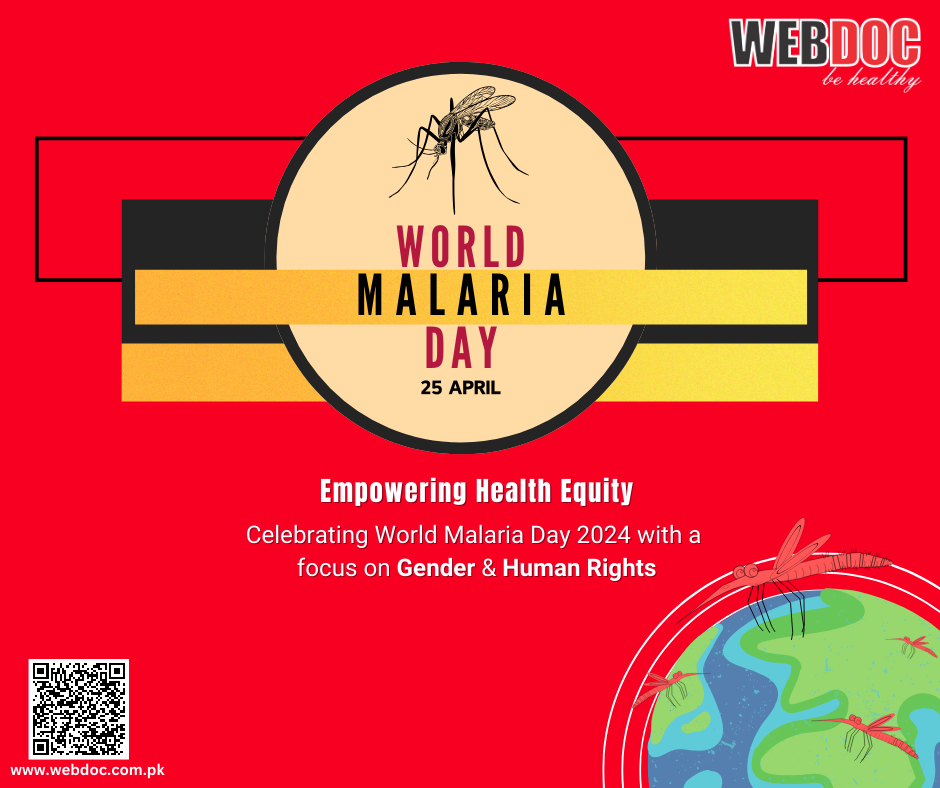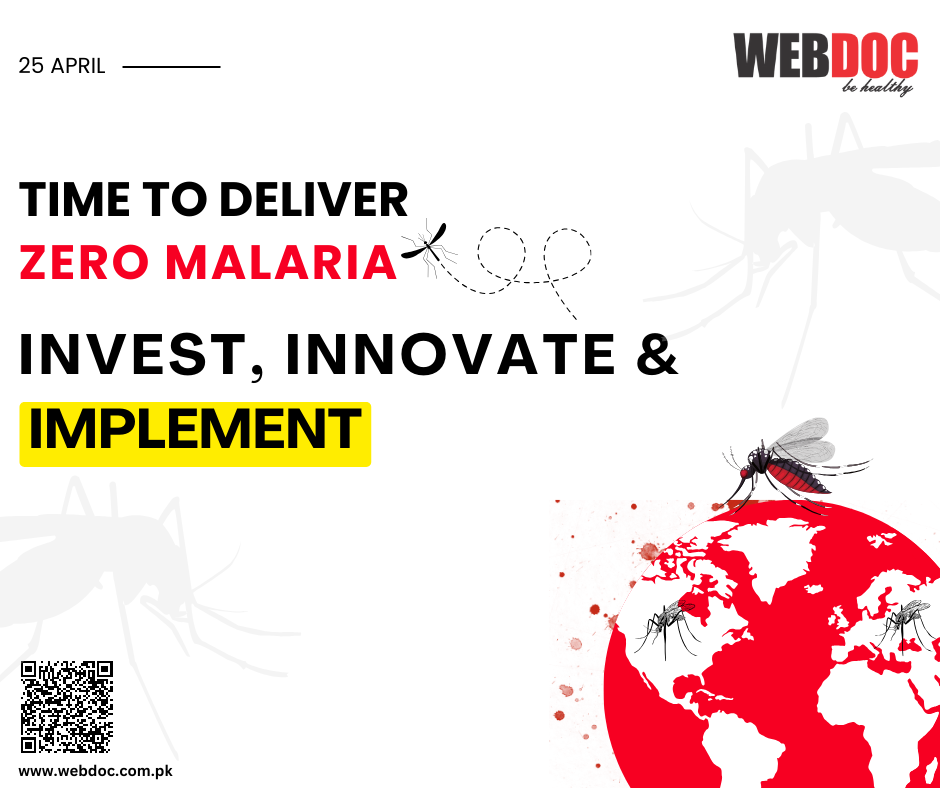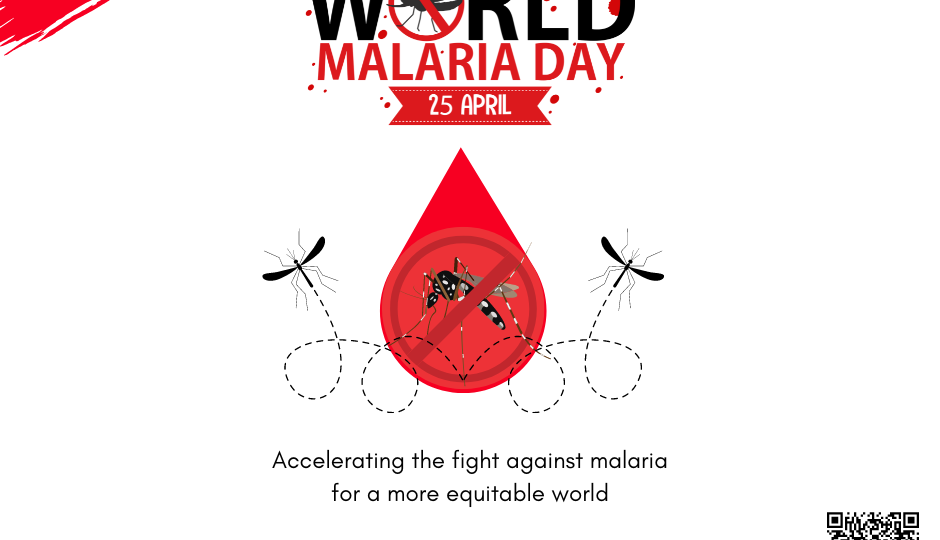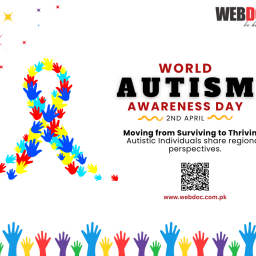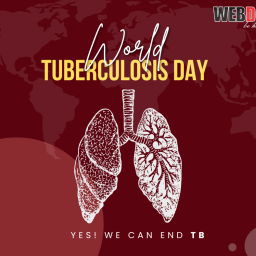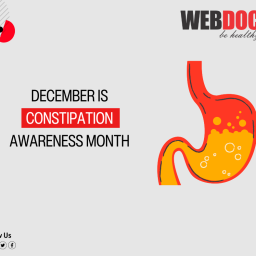Combating Malaria: A Global Endeavor on World Malaria Day
Introduction:
World Malaria Day, serves as a critical reminder of the ongoing battle against one of the oldest and deadliest diseases known to humanity. Malaria, transmitted through the bite of infected mosquitoes, continues to pose a significant public health threat, particularly in tropical and subtropical regions. Despite considerable progress in recent years, the fight against malaria remains far from over, with millions of lives still at risk. This article delves into the significance of World Malaria Day, explores the current state of the disease, examines efforts to combat it, and highlights the challenges that lie ahead.
Understanding Malaria:
Malaria is caused by Plasmodium parasites, with the most deadly being Plasmodium falciparum. Anopheles mosquitoes, primarily the female Anopheles gambiae, are the vectors responsible for transmitting the parasite to humans. The symptoms of malaria include fever, chills, headache, muscle aches, and fatigue, which, if left untreated, can progress to severe complications and death, particularly in young children and pregnant women.
Complications of Malaria:
Cerebral Malaria:
Cerebral malaria is a severe and potentially life-threatening complication of malaria caused by Plasmodium falciparum. It occurs when the parasite-infected red blood cells block small blood vessels in the brain, leading to cerebral edema, impaired blood flow, and neurological dysfunction.
Symptoms of cerebral malaria include altered mental status, seizures, coma, and neurological deficits. If left untreated, cerebral malaria can result in permanent brain damage or death.
Severe Anemia:
Severe anemia is a common complication of malaria, particularly in children and pregnant women. It occurs when the malaria parasite destroys red blood cells faster than the body can replace them, leading to a decrease in hemoglobin levels.
Symptoms of severe anemia include weakness, fatigue, pale skin, shortness of breath, and dizziness. In severe cases, it can lead to organ failure and death, especially in young children and individuals with pre-existing medical conditions.
Organ Failure:
Malaria can cause dysfunction and failure of various organs, including the kidneys, liver, and lungs. Severe malaria can lead to acute kidney injury, hepatic dysfunction, and acute respiratory distress syndrome (ARDS), which are associated with high mortality rates.
Organ failure in malaria is often a result of systemic inflammation, microvascular dysfunction, and sequestration of infected red blood cells in vital organs.
Hypoglycemia:
Hypoglycemia, or low blood sugar levels, can occur in individuals with severe malaria, particularly young children. It is caused by the increased metabolic demand of the body in response to the infection, coupled with decreased oral intake and impaired glucose production.
Symptoms of hypoglycemia include weakness, sweating, confusion, seizures, and loss of consciousness. Prompt recognition and treatment of hypoglycemia are essential to prevent complications and death.
Respiratory Distress:
Severe malaria can lead to respiratory complications, including pulmonary edema, acute respiratory distress syndrome (ARDS), and respiratory failure. These complications result from systemic inflammation, impaired gas exchange, and sequestration of infected red blood cells in the lungs.
Symptoms of respiratory distress include rapid breathing, shortness of breath, chest pain, and cyanosis (blue discoloration of the skin). Severe respiratory complications require immediate medical intervention, including supplemental oxygen and mechanical ventilation.
Miscarriage and Pregnancy Complications:
Malaria infection during pregnancy increases the risk of miscarriage, stillbirth, preterm birth, and low birth weight. It can also lead to maternal anemia, placental insufficiency, and maternal mortality.
Pregnant women are more susceptible to severe malaria due to immunological changes and alterations in the placental microenvironment. Early detection and prompt treatment of malaria in pregnant women are crucial to prevent adverse outcomes for both the mother and the baby.
Long-Term Neurological Sequelae:
In survivors of cerebral malaria, long-term neurological sequelae can occur, including cognitive impairment, motor deficits, behavioral disorders, and epilepsy. These complications result from brain damage caused by cerebral edema, hypoxia, and microvascular obstruction during the acute phase of the illness.
Long-term neurological sequelae can have significant implications for the quality of life and functional independence of affected individuals, underscoring the importance of early diagnosis and appropriate management of cerebral malaria.
Overall, the complications of malaria can be severe and life-threatening, particularly in cases of untreated or inadequately treated infection. Timely diagnosis, prompt initiation of appropriate antimalarial therapy, and supportive care are essential to prevent complications and improve outcomes in individuals with malaria.
The Global Impact:
Malaria continues to exact a heavy toll on global health and economies, particularly in low and middle-income countries. According to the World Health Organization (WHO), there were an estimated 229 million cases of malaria worldwide in 2019, leading to approximately 409,000 deaths. Sub-Saharan Africa bears the brunt of the disease burden, accounting for over 90% of malaria cases and deaths globally. The economic impact of malaria is also significant, with direct costs such as medical treatment and indirect costs such as lost productivity and decreased tourism.
Progress and Challenges:
Over the past two decades, concerted efforts from governments, international organizations, NGOs, and the private sector have led to significant progress in the fight against malaria. Key interventions, including the distribution of insecticide-treated bed nets, indoor residual spraying, and prompt diagnosis and treatment with artemisinin-based combination therapies (ACTs), have contributed to a reduction in malaria incidence and mortality rates in many endemic countries.
However, several challenges persist in the quest to eliminate malaria. These include the emergence of drug-resistant strains of the malaria parasite, insecticide resistance in mosquito vectors, inadequate funding for malaria control programs, weak health systems in endemic countries, and environmental factors such as climate change, which influence mosquito breeding patterns and disease transmission.
The Role of World Malaria Day:
World Malaria Day serves as a platform to raise awareness about malaria, mobilize political will and resources, and celebrate the progress made in malaria control and prevention. Each year, governments, NGOs, community organizations, and individuals around the world organize a range of activities to mark the occasion, including educational campaigns, community events, scientific symposiums, and fundraising initiatives.
The theme for World Malaria Day 2024 is “End Malaria for Good,” reflecting the global commitment to accelerate efforts towards malaria elimination. This theme underscores the importance of sustained investment in malaria control programs, innovation in tools and technologies, and strengthened health systems to achieve the ultimate goal of a malaria-free world.
Innovations in Malaria Control:
In recent years, significant strides have been made in developing new tools and technologies to combat malaria. These include:
- Next-generation insecticides and mosquito control methods, such as genetically modified mosquitoes and sterile insect techniques.
- Novel antimalarial drugs with different mechanisms of action to combat drug resistance.
- Point-of-care diagnostic tests that enable rapid and accurate detection of malaria parasites, even in remote settings.
- Vaccines, such as the RTS,S/AS01 (Mosquirix) vaccine, which has been shown to provide partial protection against malaria in young children.
These innovations, coupled with existing interventions, have the potential to accelerate progress towards malaria elimination.
The Road to Malaria Elimination:
Achieving malaria elimination requires a multi-faceted approach that addresses the complex biological, social, and environmental factors driving malaria transmission. Key strategies include:
- Strengthening surveillance and response systems to detect and respond to malaria outbreaks promptly.
- Scaling up access to malaria prevention tools, such as insecticide-treated bed nets and indoor residual spraying, particularly in high-risk areas.
- Enhancing access to quality-assured diagnosis and treatment services, including the use of community health workers and mobile health technologies.
- Investing in research and development to develop new tools and strategies for malaria control and elimination.
- Promoting intersectoral collaboration and partnerships to address the underlying determinants of malaria, such as poverty, inequality, and lack of access to healthcare.
Conclusion:
World Malaria Day serves as a poignant reminder of the urgent need to intensify efforts to combat malaria and save lives. While significant progress has been made, much remains to be done to achieve the goal of a malaria-free world. By mobilizing political will, fostering innovation, and strengthening health systems, we can overcome the challenges posed by malaria and ensure a healthier and more prosperous future for all. As we commemorate World Malaria Day, let us reaffirm our commitment to ending malaria for good and building a world where no one suffers from this preventable and treatable disease.
